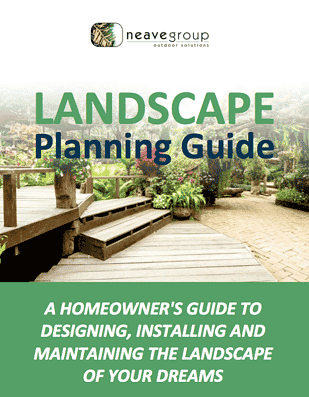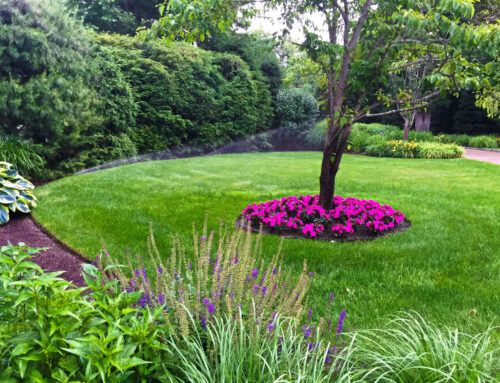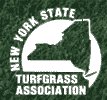Handicap accessibility is an increasingly important consideration in the construction process today. It’s not just about the handicap ramp leading up to a building’s main entrance.
Accessibility also includes wider doors (some that even open automatically) to accommodate wheelchairs, open thoroughfares throughout a building, support bars in bathrooms and hallways, and even light switches and power outlets that anyone can easily reach.
But the need for handicap accessibility isn’t confined to inside the walls of the home. Disabled people deserve to enjoy the outdoors just as much as their non-disabled counterparts, which is why it’s important to create an accessible property as well!
If you’re thinking, “Hey, I don’t know anybody in a wheelchair!” — well, then you’re clearly a wizard.
You never know when you’ll break a leg. Someone could get pregnant. (It happens!) You never know when you’ll have a parent — or even a child — in a wheelchair. There are also considerations to be made for visually impaired people and a wide range of other differing abilities.
Whether you’re making reasonable adjustments to accommodate a loved one, or just taking precautions for the future, here are five ideas on how to make your outdoor living space more accessible to all.
Accessible Property Tip #1: Maintain Level Ground
Proper grading is the foundation for every accessible landscape.
Flat, level ground is easier to traverse, and, well, if you’ve ever had to push a wheelchair up a hill…
Accessible Property Tip #2: Incorporate Smooth Surfaces
If you want all parts of your outdoor space to be accessible, you’ll want to pave a way among each individual area.
And if you’re creating a landscape design for the blind or visually impaired, varying the types of pavers you use within different areas can be a great way to signify a change in the environment. (Maybe smooth brick pavers on the patio, natural stone pavers on paths and stamped cement on the pool deck?)
Accessible Property Tip #3: Give Yourself Wide Berth
There are no narrow spaces with wheelchair pathways! Think of accessibility as your excuse to create majestically wide paved pathways and give everyone plenty of room to move among the tables, chairs and other items on your patio.
(Building an outdoor kitchen with a belly-up bar? Don’t forget to include a counter with a lower height — toasts aren’t as fun when you can’t include everyone.)
Accessible Property Tip #4: Use Walls to Create Boundaries
Just as it’s important to provide handholds inside the home to provide extra support, retaining walls and other surfaces of various heights can be helpful in an accessible residential property.
Accessible Property Tip #5: Don’t Forget the Pool
Swimming pools can be great for rehabilitative exercise as well as fun and relaxation for everyone. If you’re building a new backyard swimming pool — or retrofitting an existing pool to be more accessible — consider adding a sloped beach entry instead of steps to make it easier for everyone to get into the pool.
And it’s even more important to have a sturdy, reliable cover to protect everyone.
Are you considering a landscaping project that will make your outdoor living spaces more handicap friendly? Get in touch with our landscape management team at Neave Landscaping! We’ll help you design a landscape that’s up to date and perfectly suited to your lifestyle. Call our office at (845) 463-0592, or fill out our contact form. One of our landscape designers will contact you shortly!
Image credit: LandscapingNetwork.com
























